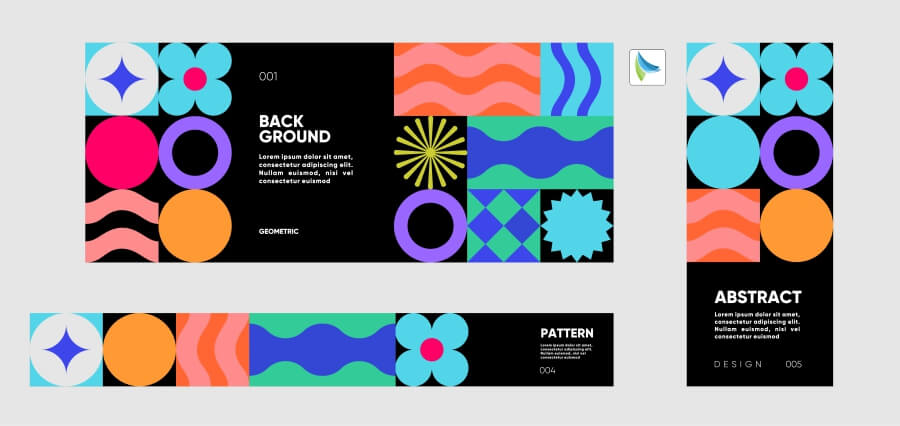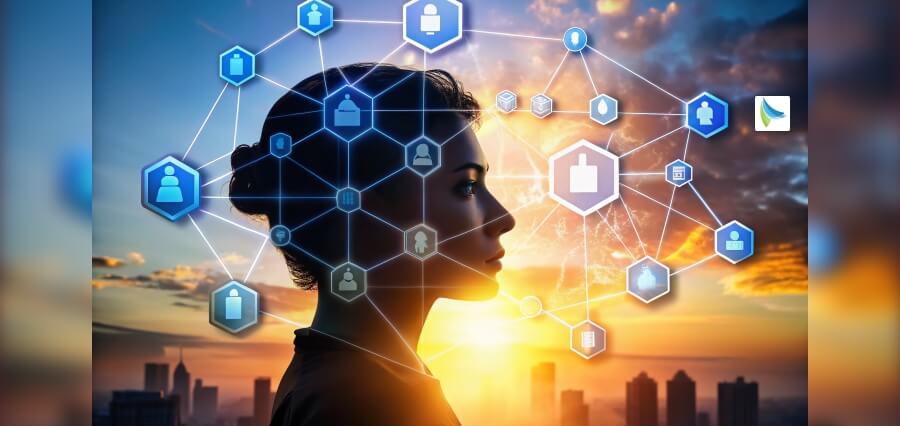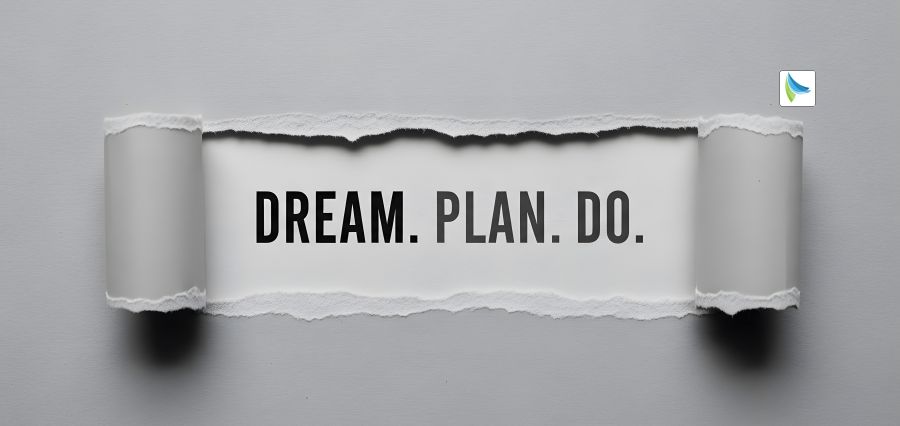While organizations are more and more emphasizing agility, interoperability, and service-based architecture in their digital transformation, SOA developers’ role is more vital than ever. In 2025, building services is no longer what SOA developers do—it’s making it easy for connected, extensible ecosystems to enable enterprise efficiency and innovation. To remain current and in the know, SOA developers need to be more than code and need to develop a wider, forward-thinking skill set.
Let’s explore the skills that all SOA developers need in this year.
Getting to Know the SOA Foundations
Beneath any decent SOA developer lies a strong understanding of the underlying principles of Service-Oriented Architecture. These are constructing loosely connected, reusable services that interact effectively in a distributed system. But now, it’s not simply a matter of being aware of a theory around interoperability and standard contracts. It’s being aware of how to implement them in environments that increasingly depend on hybrid cloud-based deployments, microservices, and serverless architectures.
Contemporary SOA requires more than theory it requires context-based implementation. Designers need to think about performance, reusability, and scalability over numerous years while designing services to bridge across multiple systems and business domains.
Working Fluently with Web Services
A contemporary SOA developer needs to be capable of SOAP and RESTful web services. While REST is the new norm for APIs, SOAP continues to be employed to execute most current enterprise applications, particularly in insurance, banking, and government. This implies that the developer needs to be just as adept with WSDL files, XML schemas, and RESTful APIs, depending on the system requirements.
It’s also mandated that one utilizes tools such as Postman or SoapUI for service testing and debugging and understanding how service versioning and backward compatibility need to be managed in large-scale ecosystems.
Mastering Integration and Middleware Platforms
One of the most identifiable features of the work of a SOA developer is creating reliable integration solutions. In big-scale enterprise environments, integration occurs via middleware platforms such as Oracle SOA Suite, MuleSoft, or IBM WebSphere. These enable developers to choreograph services, route routing logic, and deliver data flow between different applications.
By 2025, a developer’s ability to work with such platforms—particularly to design and optimize BPEL-based workflows—is a natural discriminator. On top of that, knowledge of Enterprise Service Buses (ESBs) and message queues is beneficial, mainly in those systems that use asynchronous communication.
Embracing Cloud-Native Architecture
With the mainstream adoption of cloud, SOA developers must seamlessly transition to cloud-native development. They should create services that are stateless, scalable, and agnostic of their environment for deployment in environments such as AWS, Azure, or Google Cloud Platform.
Containerization platforms like Docker, and orchestration tools like Kubernetes, are now a must. Additionally, with more service meshes like Istio going mainstream, knowledge of traffic management, observability, and secure service-to-service communication is no longer an extra—it’s a must.
Security and Governance Knowledge
Security is a part of service design that is inherent in whatever architecture exists. For a SOA developer, this would mean services are to be secured using secure authentication mechanisms such as OAuth 2.0 or SAML and data being encrypted in transit using SSL/TLS protocols.
In addition, developers are often charged with enforcing policy on rate limiting, access control, and monitoring through API gateways. Governance tools also become necessary, particularly when dealing with large numbers of services whereby dependency tracking, usage, and performance need to be monitored in order to keep the operation healthy.
Integrating with DevOps and CI/CD Pipelines
Today, development is inseparably connected with operations. SOA developers should be proactively responsible for laying out the foundations of continuous integration and delivery pipeline by automating build, test, and deploy activities.
Knowing how to use tools such as Jenkins, GitLab CI/CD, or Azure DevOps guarantees the services are deployed to production from development quickly and reliably. It also involves knowing how to observe the services with modern observability stacks so bottlenecks in performance or failures are caught early.
Adapting a Microservices Mindset
While SOA and microservices represent two distinct architectural patterns, some organizations are moving their existing SOA implementations to the microservice-based pattern incrementally. This transition forces SOA developers to adopt the mindset from fine-grained services, bounded contexts, and decentralized data handling.
Knowledge of Domain-Driven Design paradigms and lean communication protocols such as gRPC or GraphQL helps SOA developers close the gap between the legacy infrastructure and the newest requirements better.
Establishing Solid Soft Skills and Teamwork
Overlooked but very crucial, soft skills are a critical component of becoming a good SOA developer. Having the ability to be able to describe complex technical concepts to stakeholders, working with cross-functional teams, and being proactive problem solvers are essential qualities in a fast-paced working environment.
Agile processes have otherwise focused on the developers needing to attend planning meetings, estimate correctly, and be flexible to different requirements—abilities that take transparency, comprehension, and flexibility.
Commitment to Continuous Learning
Technology is in a state of continuous change. The applications and languages of the day will be obsolete or outdated tomorrow. An effective SOA developer in 2025 is one who practices a lifetime approach to learning. Regardless of whether it is through certification, attending industry webinars, or testing out new frameworks in a sandbox environment, development is required.
Staying updated not only enhances one’s skillset but also ensures that solutions delivered are aligned with modern best practices, improving both the quality and longevity of the services built.
Conclusion
The 2025 SOA developer is not only a coder, though she/he is definitely that—she/he is a designer of digital experiences, problem-solver, and integrator of legacy with next-generation applications. From having the skills in the integration platform to being ready for cloud-native capabilities, and from securing services to working across teams, the toolset needed is wide but essential.
With companies becoming more and more interdependent and technology moving at a faster pace, SOA developers who learn and evolve with it will be sought after and at the forefront of driving the change.
Read More – From Stagnation to Success: Mastering Personal Development for Lasting Success












